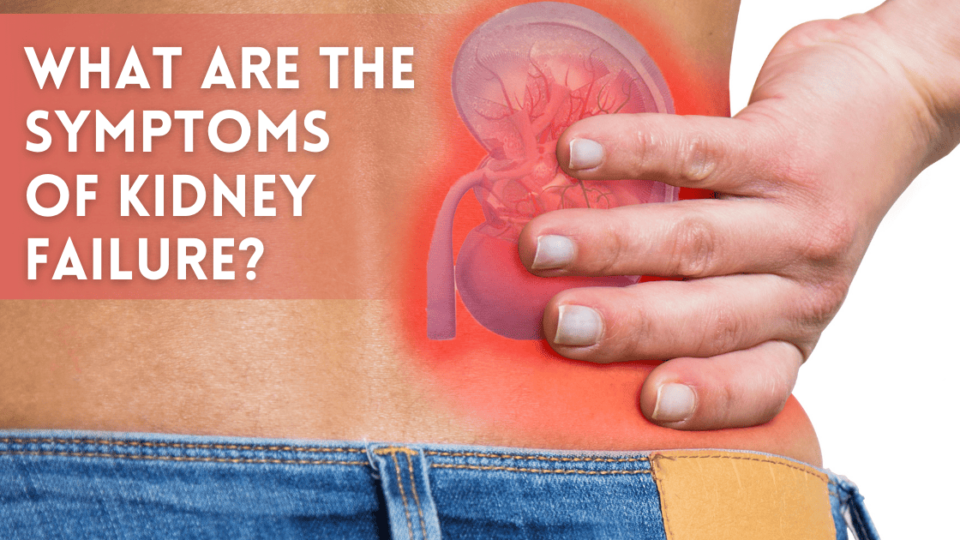Kidney problems can manifest pain in various locations, and understanding these pain patterns is crucial for early detection and treatment of kidney issues. Here’s a comprehensive explanation of where you might experience pain when your kidneys are having problems:
Primary Pain Locations:
The most characteristic pain location for kidney issues is in the flank area, which is situated between your lower ribs and hip on either side of your spine. This region is often referred to as the costovertebral angle. The pain can be either unilateral (affecting one side) or bilateral (affecting both sides), depending on whether one or both kidneys are affected.
Lower Back Pain:
Kidney pain frequently manifests as a deep, constant ache in the lower back. Unlike typical muscle-related back pain, kidney pain doesn’t usually improve with movement or position changes. The pain tends to be more profound and located deeper within the body. It’s typically felt just below the rib cage, alongside the spine, and can range from mild discomfort to severe pain.
Upper Abdominal Pain:
Some people experience kidney pain in their upper abdomen, particularly toward the sides. This is because the kidneys are located relatively high in the abdominal cavity, just below the diaphragm. The pain might feel like it’s coming from under the ribs on either side.
Groin and Hip Area:
When kidney stones are present, pain can radiate from the flank down into the groin area. This pattern of pain, known as renal colic, often follows the path of the ureter as a kidney stone moves through the urinary system. The pain might seem to travel from the side of your abdomen down toward your groin and genital area.
Pain Characteristics:
The nature of kidney pain can vary depending on the underlying condition:
– Kidney stones typically cause sharp, severe, cramping pain that comes in waves
– Kidney infections might cause a constant, dull ache accompanied by fever and urinary symptoms
– Polycystic kidney disease can cause a persistent, chronic pain due to enlarged kidneys
– Kidney cancer might cause a constant, dull ache that gradually worsens
Associated Areas:
Sometimes kidney problems can cause pain or discomfort in seemingly unrelated areas:
– Lower abdomen and bladder region, especially during urinary tract infections
– Upper thighs, particularly when kidney stones are moving
– Lower rib cage area, which might be mistaken for lung or cardiac issues
– Middle of the back, though this is less common than flank pain
It’s important to note that kidney pain often doesn’t occur in isolation. Other symptoms typically accompany kidney problems, such as changes in urination, fever, nausea, or blood in the urine. These additional symptoms can help differentiate kidney pain from other types of pain, such as muscular back pain or gastrointestinal issues.
Understanding these pain locations and patterns can help in identifying potential kidney problems early, leading to more timely medical intervention when necessary. However, proper medical evaluation is essential for accurate diagnosis, as many conditions can mimic kidney pain.
